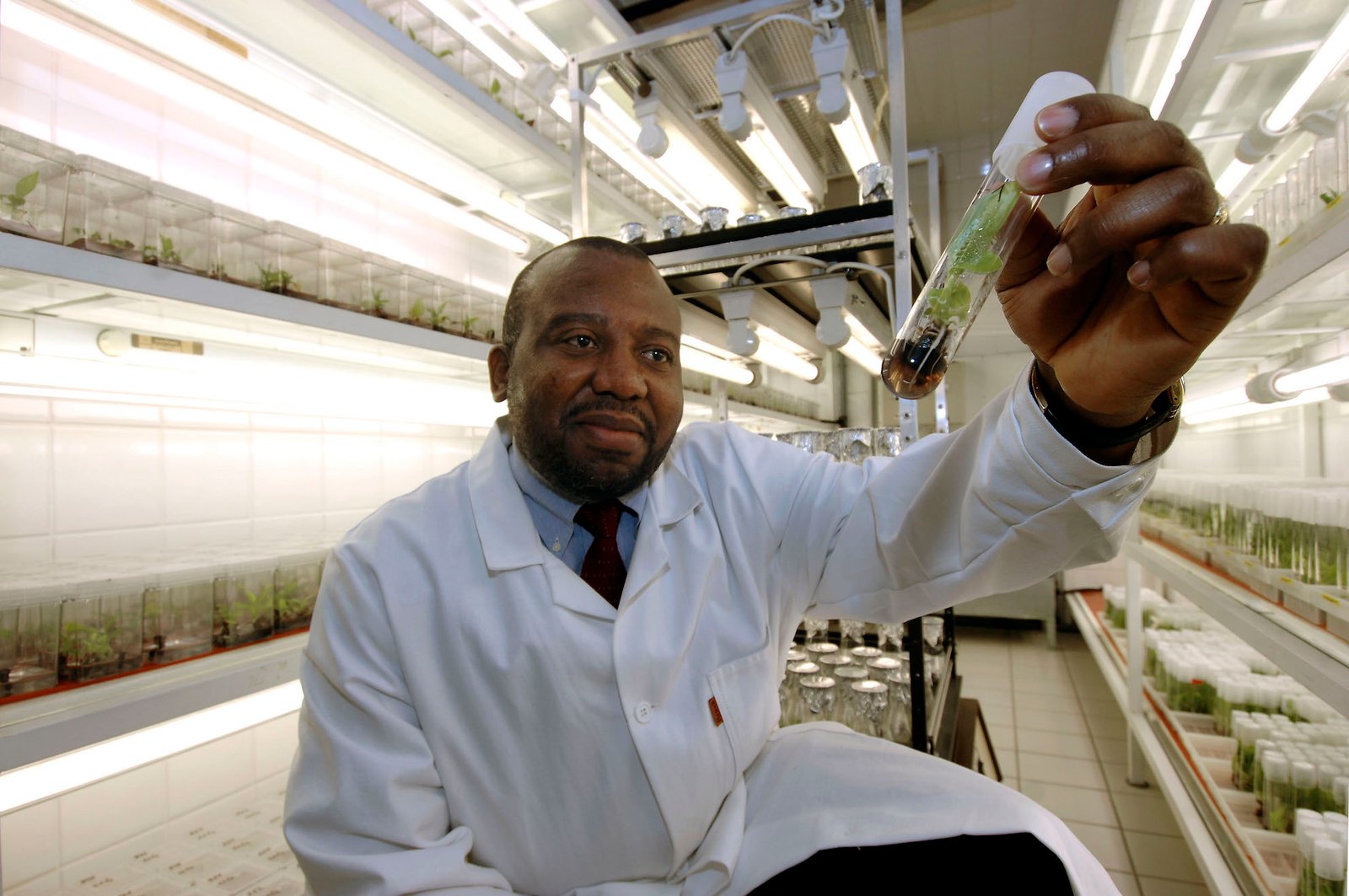Inside BENEO’s new pulse plant: pioneering sustainable protein from faba beans
The report maps out some of the most important emerging issues in food and agriculture with a focus on food safety implications
Whether it’s new foods like jellyfish, edible insects and cell-based meat, or new technologies like blockchain, artificial intelligence and nanotechnology, the future promises exciting opportunities for feeding the world. Thinking about the future of food safety – A foresight report by the Food and Agriculture Organization of the United Nations (FAO) looks at how major global drivers like economic growth, changing consumer behaviour and consumption patterns, a growing global population and the climate crisis will shape food safety in tomorrow’s world. The idea of this long-term thinking exercise is to help policymakers anticipate any future concerns, rather than react to them once they have already materialised.
The report maps out some of the most important emerging issues in food and agriculture with a focus on food safety implications, which are increasingly on the minds of consumers around the world. It adopts a foresight approach based on the idea that the roots of how the future may play out are already present today in the form of early signs. Monitoring these signs through the systematic gathering of intelligence increases the likelihood that policymakers will be better prepared to tackle emerging opportunities and challenges.
The report covers eight broad categories of drivers and trends: climate change, new food sources and production systems, the growing number of farms and vegetable gardens in our cities, changing consumer behaviour, the circular economy, microbiome science (which studies the bacteria, viruses and fungi inside our guts and around us), technological and scientific innovation, and food fraud.

